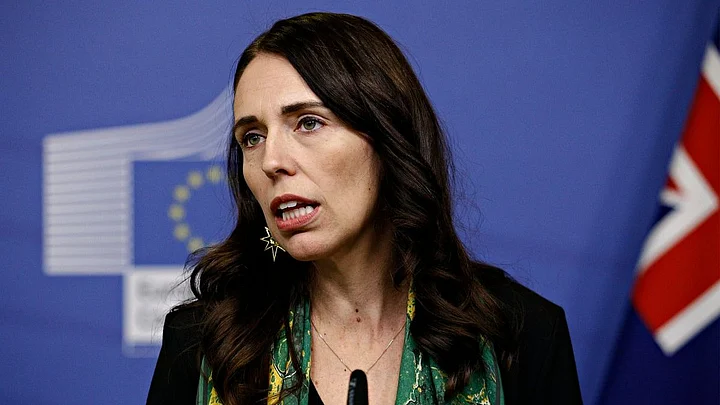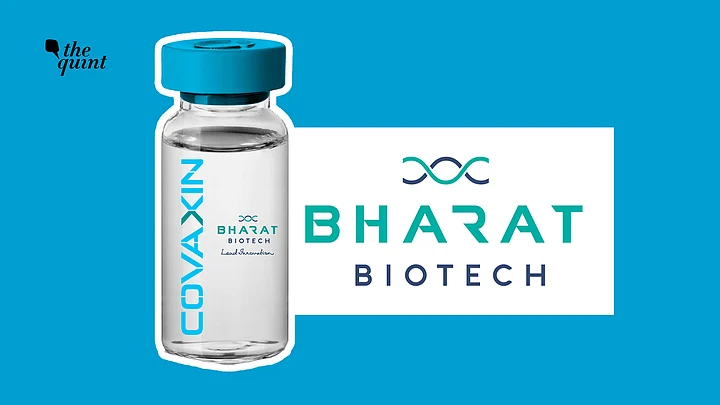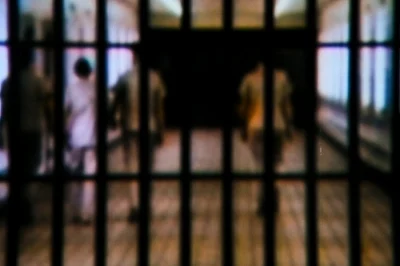Fast isolation of infected individuals is key to containing any outbreak of COVID-19, including the Delta variant, and contact tracing is a critical part of this process.
Since the first case was confirmed on Tuesday,17 August, six more people have tested positive, including a fully vaccinated health worker at Auckland City Hospital and a teacher at Avondale college.
Genome sequencing has also confirmed that the original infection is linked with the Delta outbreak in New South Wales.
The first case was using the NZ COVID Tracer app, which has helped to keep track of where he had been during the five days he is thought to have been infectious. But unfortunately, we know from national statistics that the majority of New Zealanders have not been scanning enough.
Over the last month, we’ve seen 5,00,000-7,00,000 QR code scans and manual entries on any given day, coming from 3,00,000-4,00,000 active users. This equates to just under 10 percent of the adult population in New Zealand.
Epidemiological modelling shows we need at least 60 percent of the population participating in digital contact tracing, and ideally 80 percent, to have confidence there will be sufficient information to control any outbreak, anywhere in the country.
This has contributed to the decision to place the whole country in a level 4 lockdown, because the government does not have confidence that we, as a country, have enough information to support rapid contact tracing.
We have been a long way from the target level of participation, but it’s not too late to add manual entries into the app to help speed up the process now as we try to get the spread under control.
Speed of Contact Tracing is Essential
On the positive side, about 1.5 million devices are using the bluetooth tracing function, which equates to just under 40 percent of all adults. But the bluetooth system is limited in its usefulness for digital contact tracing because it has a higher likelihood of error and provides less information to the Ministry of Health. It’s complementary to the QR codes and manual entries, not a replacement.
We need to be keeping records of where we have been before cases appear in the community, but now that there is an outbreak, it becomes even more important that we have those records.
In the unfortunate event that you or someone you have interacted with gets COVID-19, those records could make the difference between a small number of cases and the hundreds of daily cases we’re seeing in parts of Australia.
If you can’t or don’t want to use NZ COVID Tracer, it’s fine to use Rippl, or to keep your own written records. Even when we get out of lockdown again, it is likely the virus will still be in New Zealand and we will need to be able to respond quickly to further cases.
When the government is making the decision on whether to lock the country down or not, one of the key pieces of information is whether they have confidence they could isolate the right people quickly enough.
If we don’t have enough contact tracing information, we have little choice but to isolate everyone through a lockdown. It’s not the only factor that plays into that decision, but it is an important one.
Data Privacy
The NZ COVID Tracer app is designed to support contact tracing efforts, by making it easy for individuals to keep track of where they have been and who they have been near, whether that is through scanning QR codes, adding manual entries, or turning bluetooth tracing on.
This is so that if you get COVID-19, then you can provide that information in a format that is easy to understand for the contact tracers, and saves time. It also means that the Ministry of Health can send contact tracing locations of interest and relevant bluetooth ID numbers to your device, which are then checked against the diary on your device so that you can be alerted as quickly as possible.
It’s important to note that the government only gets to see the data if you test positive for COVID-19 and provide the data voluntarily — you can review the privacy impact assessment for more details.
If you haven’t used NZ COVID Tracer in a while, it’s worth updating the app and seeing the new features. The Ministry of Health has been updating it regularly and it now contains a lot more information, and it is easier to enter manual entries.
The fight against COVID-19 is a marathon, not a sprint. We need to build up and maintain all the good habits: Washing hands, wearing masks, physically distancing where possible, and collecting information to support contact tracing. If we can keep it up, then we might have more confidence about our ability to respond to cases in the future.
(Andrew Chen is a research fellow at the centre for informed futures in University of Auckland. This is an opinion piece and the views expressed are the author's own. The Quint neither endorses nor is responsible for them.)
(This article was first published in The Conversation and republished here with permission.)
(At The Quint, we question everything. Play an active role in shaping our journalism by becoming a member today.)



